A Breath Of Fresh Air: Handling Ventilation During A Hurricane
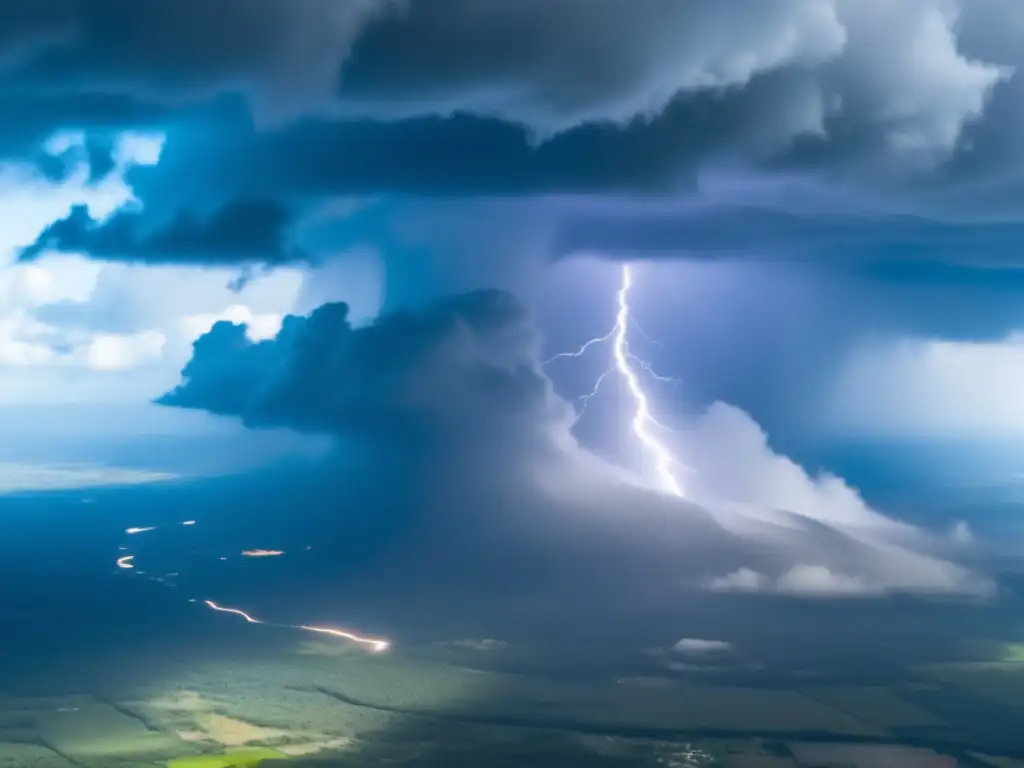
A Breath of Fresh Air: Handling Ventilation During a Hurricane
Introduction
As we learned from the devastating Hurricane Katrina and other such events, hurricanes cause significant destruction to infrastructure and pose serious health risks to people in affected areas. One critical aspect of hurricane preparedness and recovery efforts that is often overlooked is ventilation. It is essential to understand how to handle ventilation during a hurricane, as improper ventilation can lead to severe damage, and can even be life-threatening.
Why Ventilation Matters During a Hurricane

The Importance of Proper Airflow
During a hurricane, strong wind and rain can cause structural damage, which can compromise the building envelope, leading to reduced air quality. Proper ventilation is necessary to provide fresh air circulation and remove stale, humid air to maintain a safe, healthy indoor environment.
The Risks of Poor Ventilation
If airflow is not appropriately managed during a hurricane, it can cause several health hazards, including respiratory problems, mold growth, and severe property damage such as rot, mildew, and water damage. Furthermore, inadequate ventilation can lead to gas and carbon monoxide build-up, causing illness and fatalities.
How to Ensure Adequate Ventilation
Good ventilation practices should be implemented pre and post hurricane. Before the hurricane, check your home's ventilation system to ensure it is functioning well and is free from any blockages that can damage the equipment or prevent proper airflow. Post-hurricane, it is essential to test the system for damages before use.
Factors Affecting Ventilation During a Hurricane
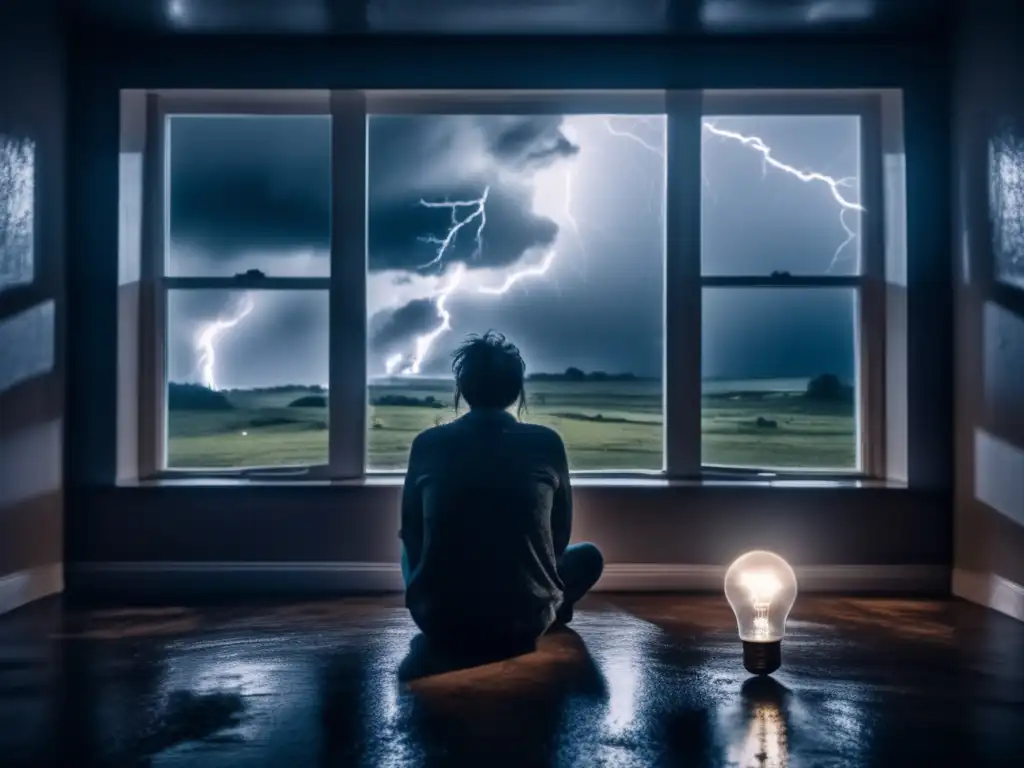
Building Envelope
The building envelope is the physical separator between the interior and exterior environments. During a hurricane, the building envelope is vulnerable to damage from winds, rain, and flooding. It can also become compromised by leaks and blockages which prevent airflow.
Power Outages
Power outages can be another significant issue during a hurricane. During hurricane conditions, power lines are often damaged or knocked down. If you rely on electrically operated ventilation systems, plan for alternative ventilation options to maintain airflow in your home.
Humidity and Moisture
The high levels of humidity and moisture during a hurricane create conditions that promote mold and mildew growth. Poor ventilation can lead to stagnant air, trapping moisture in walls, floors, and ceilings, leading to severe structural damage due to rot.
Mitigating Ventilation Risks During a Hurricane
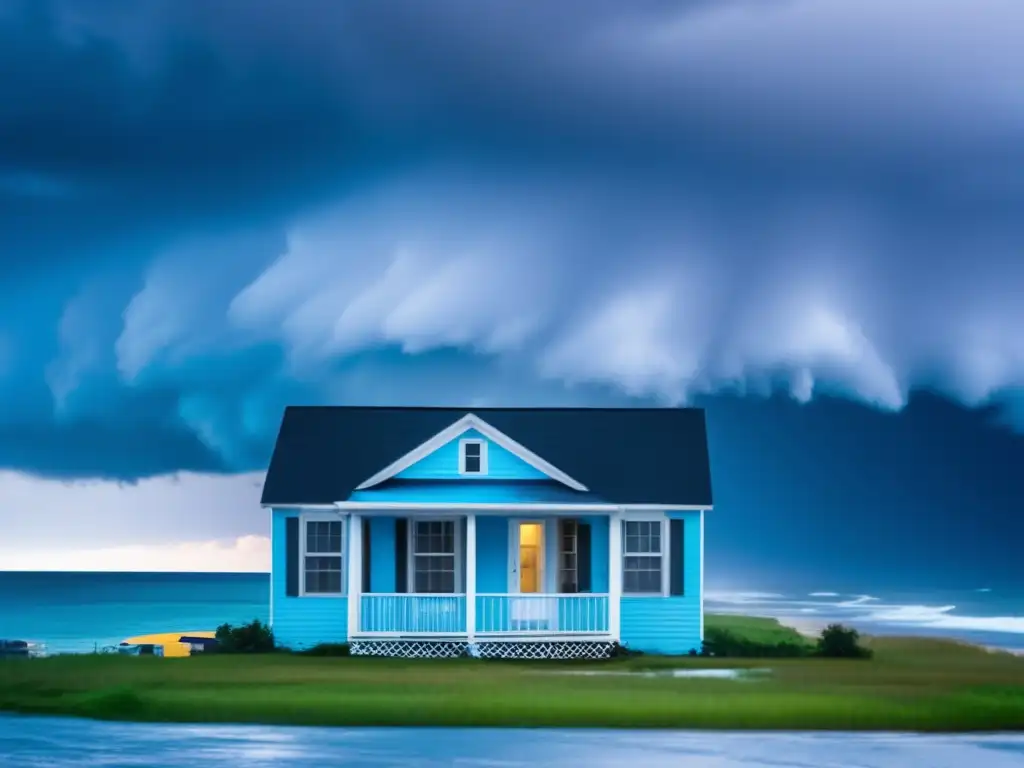
Protecting the Building Envelope
To mitigate any risks to your home's ventilation during a hurricane, start by protecting the building envelope by ensuring that all windows and doors are secure and sealed tightly to prevent water penetration. You should also clear gutters and downpipes, remove debris and securely store outside furniture to avoid any windborne debris.
Alternative Options for Ventilation
If you lose power during the hurricane, plan ahead and have backup options for ventilation. A portable generator can be used to power a fan or dehumidifier, but it must be used properly to avoid carbon monoxide poisoning. Natural ventilation can be used by opening windows and doors depending on the weather conditions, but keep in mind that natural ventilation may not be desirable if the outdoor air quality is poor.
Post-Hurricane Ventilation Cleanup
After the hurricane has passed, it’s essential to dry out and clean up your house. You should remove all water-damaged materials and disinfect surfaces to prevent mold growth. It may also be necessary to replace insulation or drywall, which has been severely damaged by water. Once the cleanup is complete, test your ventilation systems to ensure they are functioning correctly.
Frequently Asked Questions
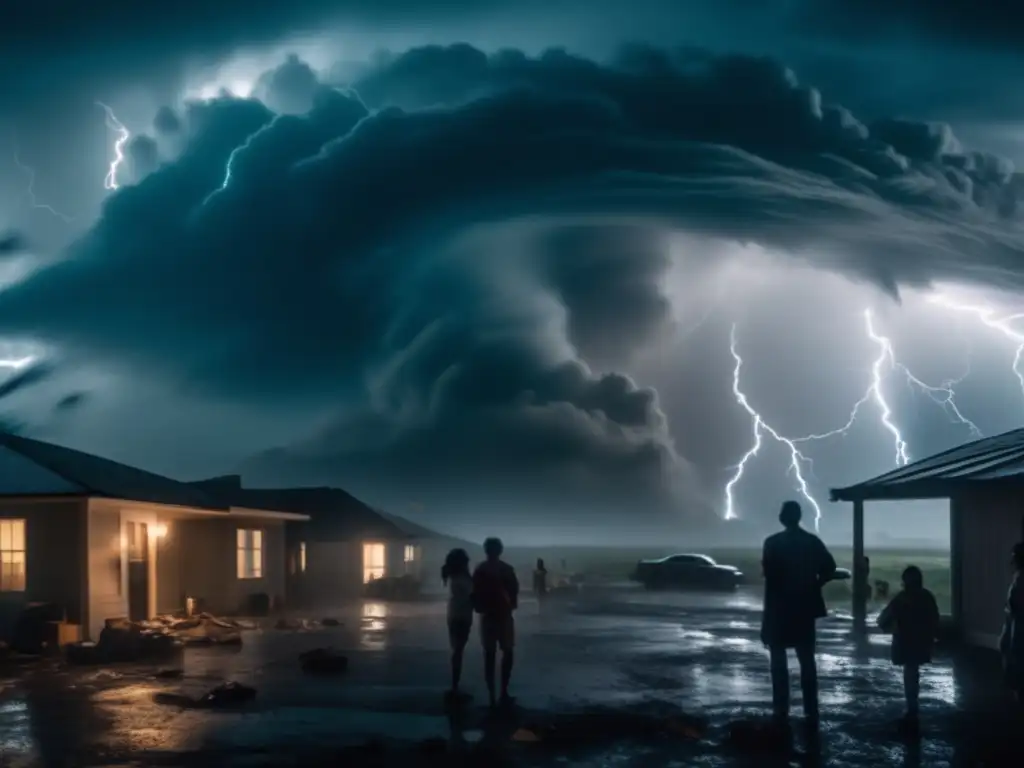
-
How does poor ventilation affect indoor air quality?
Poor ventilation can lead to stale air, increasing the concentration of pollutants indoors, promoting the growth of fungi or bacteria, and leading to several health risks.
-
What can I do to protect my ventilation system during a hurricane?
You can protect the ventilation system by securing windows and doors, clearing gutters and downpipes, removing debris, and ensuring that there is no blockage in the ventilation system.
-
Can I use natural ventilation during a hurricane?
Natural ventilation may be used depending on weather conditions, but keep in mind that if there has been flooding or high levels of outdoor pollutants, it may not be ideal.
-
What steps should I take if my ventilation system is damaged?
If your ventilation system is damaged during a hurricane, you should have it inspected by a professional and replaced if necessary.
-
What type of backup options can I use for ventilation system during a power outage?
You can use natural ventilation, portable generators can power fans or dehumidifiers, or even solar-powered ventilation systems.
Conclusion
Ventilation is crucial to maintaining a healthy and comfortable indoor environment during a hurricane. Proper ventilation practices must be implemented pre and post-hurricane, starting with protecting the building envelope, ensuring backup options for power outages, and finalizing with cleanup and testing of ventilation systems following the hurricane's impact. By understanding how to handle ventilation during a hurricane, we can reduce the risks associated with poor airflow, protect our homes, and stay safe during these unpredictable natural disasters.
Don’t forget to leave your feedback in the comments section below and share this article with others to ensure that everyone is well prepared for the next hurricane season.
Additional Resources
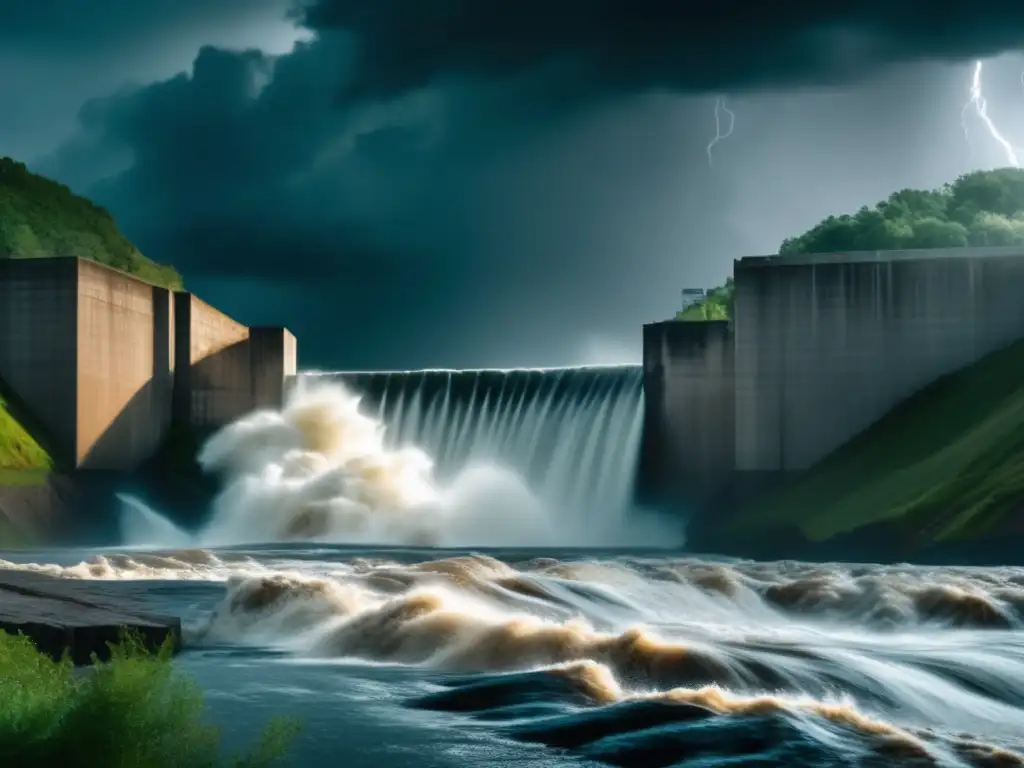
- Flood Damage and Indoor Air Quality - US Environmental Protection Agency
- Hurricanes - US Department of Homeland Security
- Hurricanes - Centers for Disease Control and Prevention
 Recreational Activities To Stay Positive During A Hurricane
Recreational Activities To Stay Positive During A Hurricane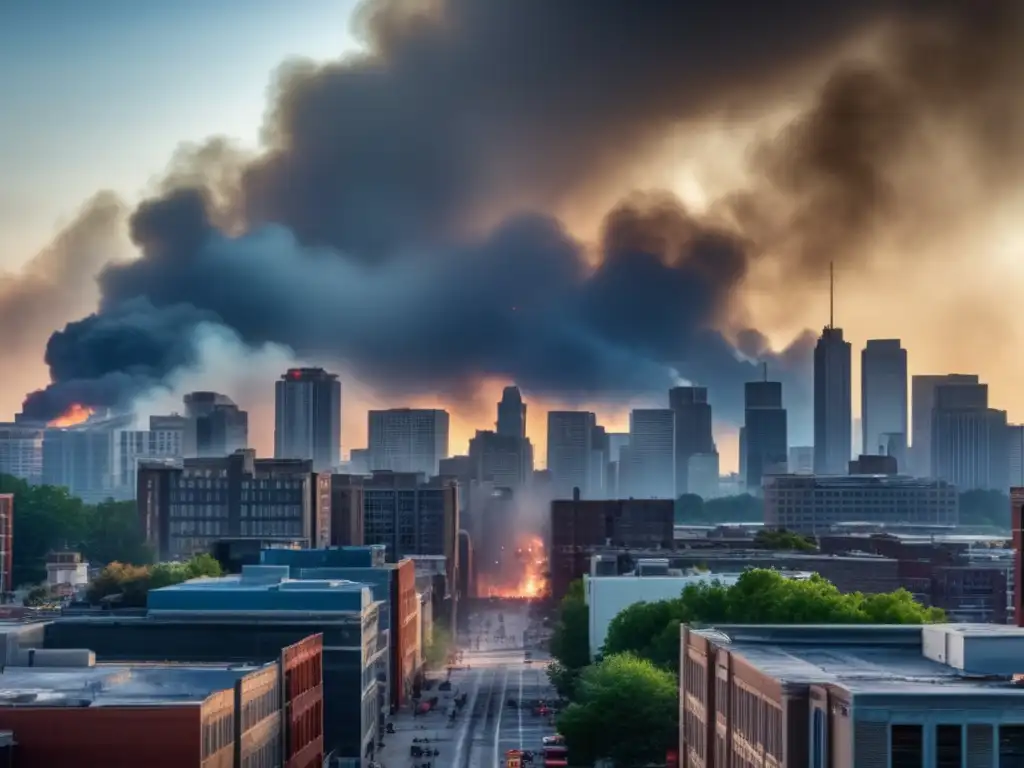 The Need For Speed: Understanding Evacuation Timelines
The Need For Speed: Understanding Evacuation Timelines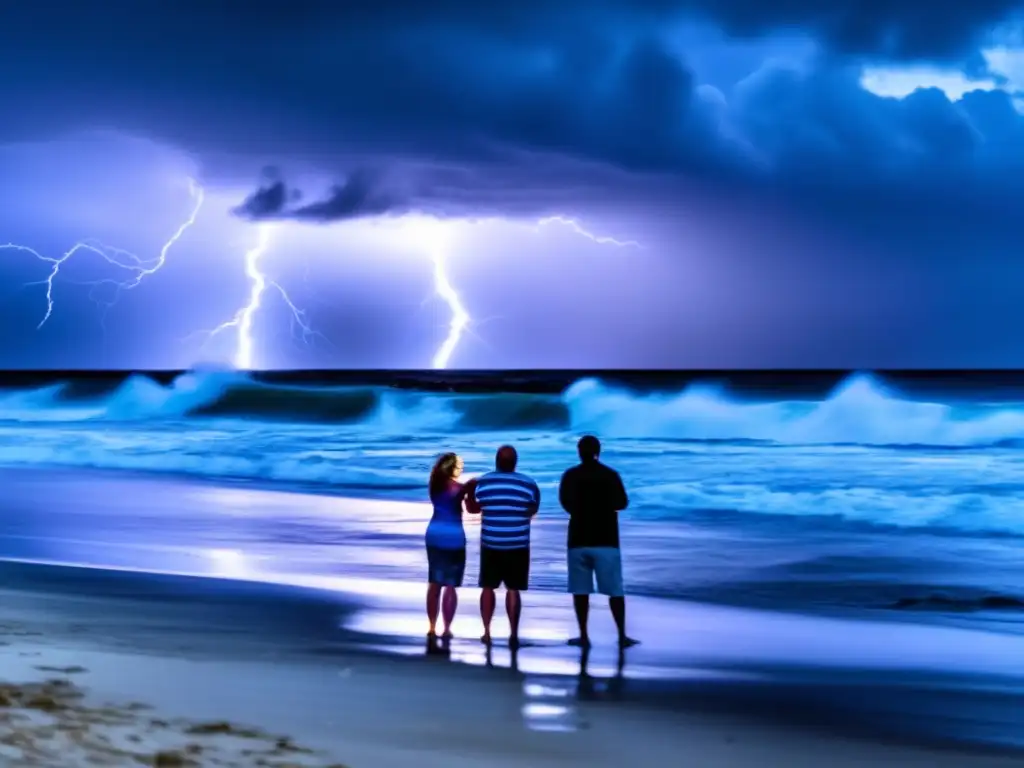 Public Safety Announcements: Making The Most Of Them During A Hurricane
Public Safety Announcements: Making The Most Of Them During A HurricaneIf you want to discover more articles similar to A Breath Of Fresh Air: Handling Ventilation During A Hurricane, you can visit the During the hurricane: category.
Leave a Reply

Articulos relacionados: